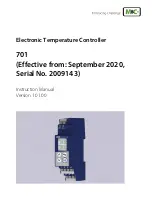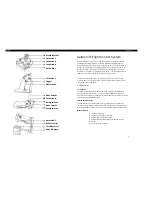
Components Used
This document is not restricted to specific software and hardware versions.
The information in this document was created from the devices in a specific lab environment. All of the
devices used in this document started with a cleared (default) configuration. If your network is live, make sure
that you understand the potential impact of any command.
Conventions
Refer to Cisco Technical Tips Conventions for more information on document conventions.
Product Overview
In Cisco Unified Architecture, a wireless access point (AP) is deployed in one of three major modes in order
to serve wireless clients:
Local mode − A Local mode AP tunnels all traffic to the Controller (via CAPWAP), where the
Controller handles tagging the packets and placing them on the wired network.
•
FlexConnect mode − FlexConnect mode is primarily designed to support wireless branch networks
by allowing the data to be switched locally (with support for central switching at the Controller),
while the APs are controlled and managed over a WAN connection by a centralized controller. The
traffic flow from a FlexConnect AP can take the most efficient path as the administrator has the
flexibility to configure certain types of traffic to be switched locally, or have it tunneled to be
centrally switched at the Controller in the central site. For more information on FlexConnect Theory
of Operations, refer to the H−Reap/FlexConnect Design Guide and the Cisco Flex 7500 Deployment
Guide.
•
Bridge mode − An AP in Bridge mode is configured to build a wireless Mesh network where wired
network cabling is not available. For more information on Mesh theory of operation, refer to the Mesh
Design and Deployment Guide.
•


































